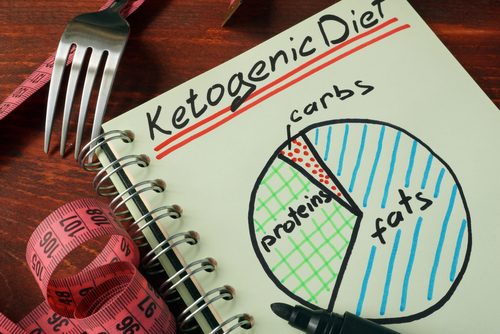Chronic Traumatic Encephalopathy, I Don’t Want You In My Life
Unfortunately, I have been knocked unconscious an estimated 25 times in my life. Four of these knocks resulted in memory loss, and three were hospitalised. I’ve become paranoid about various memory incidents I’ve had in recent years, and I’m anxious about the possibility of CTE symptoms coming my way. CTE, or Chronic Traumatic Encephalopathy, is…



































